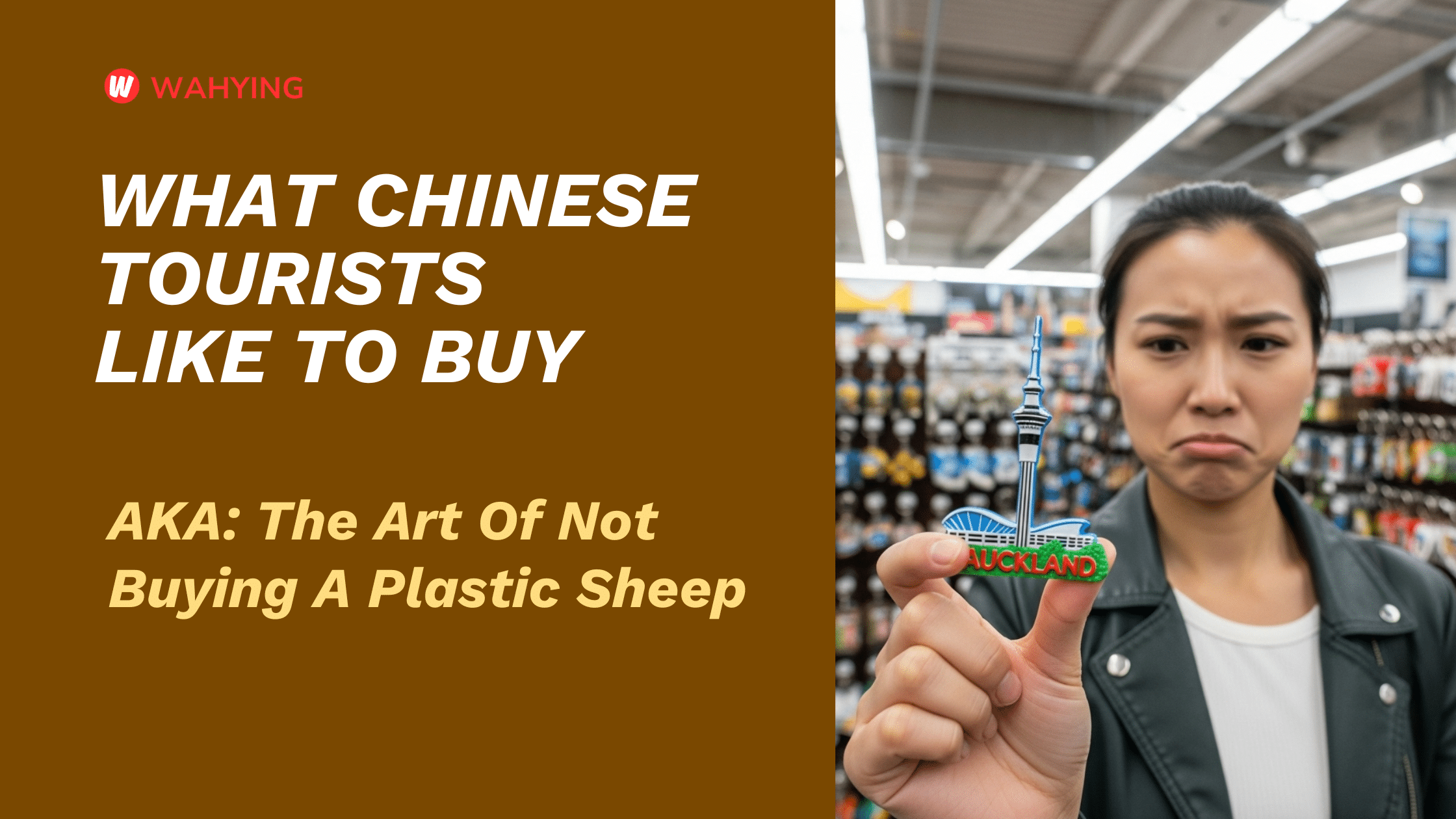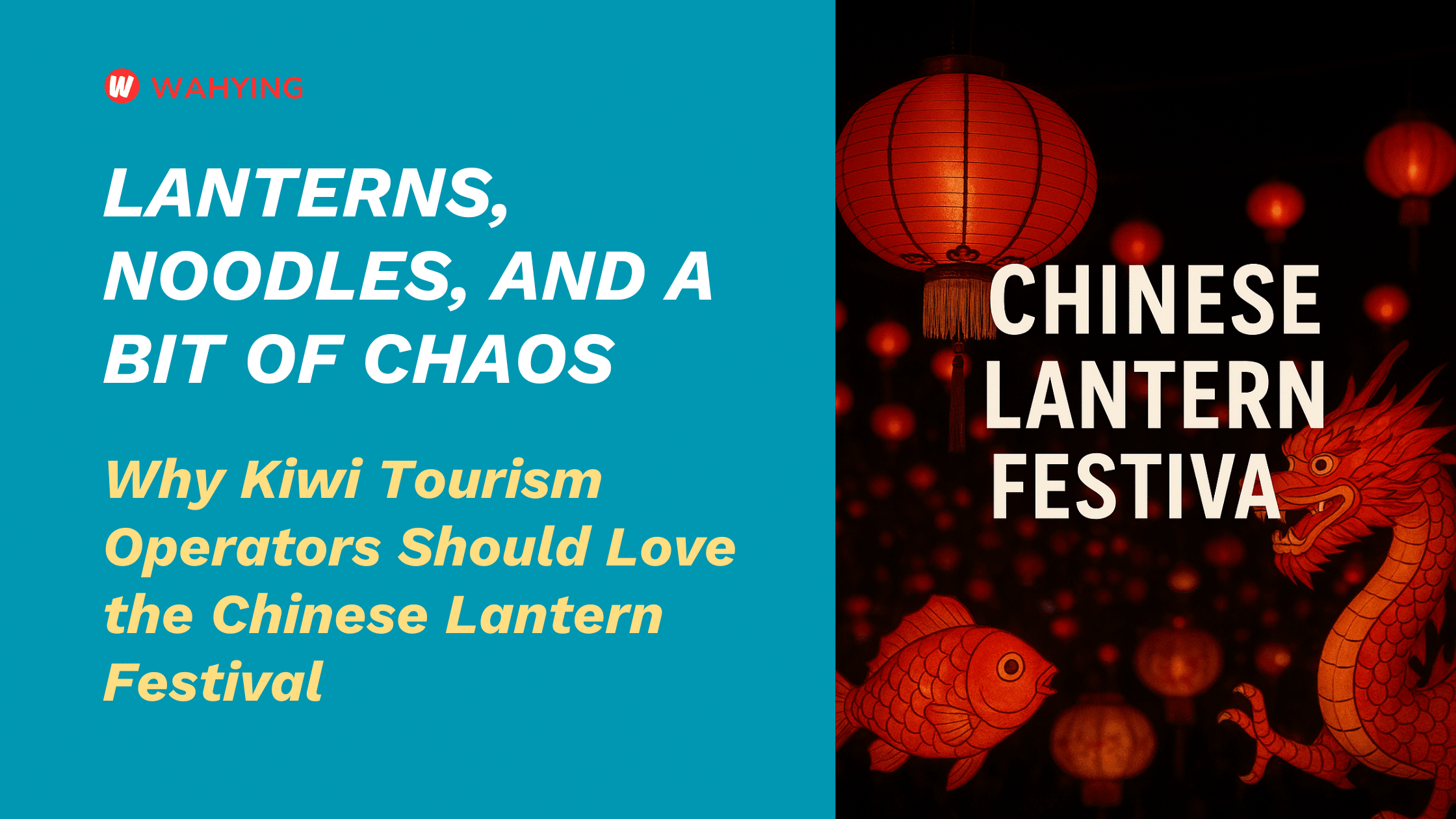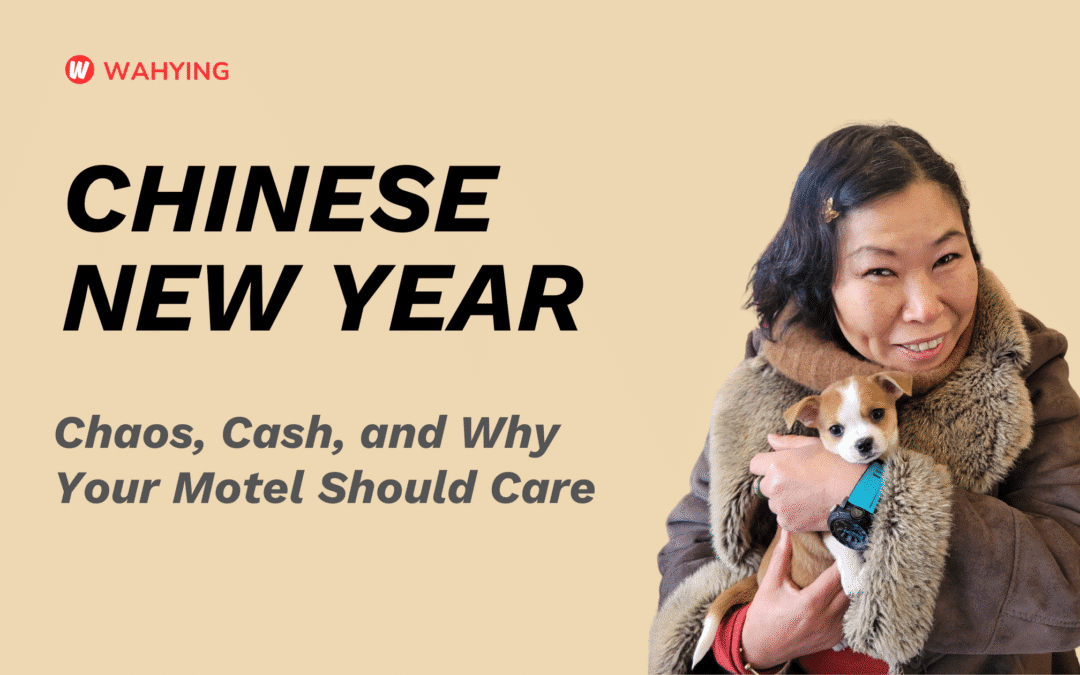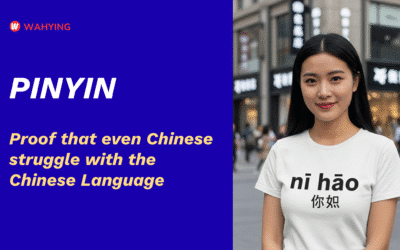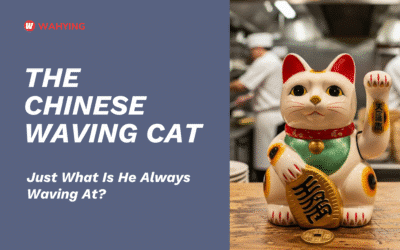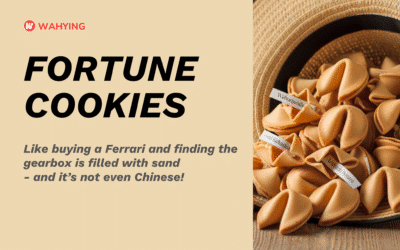Ah, New Zealand. Land of misty mountains, pristine lakes, and sheep – lots of sheep. But for Chinese tourists, it’s not the livestock or Lord of the Rings landscapes that truly captivate them. It’s something far more interesting: Māori culture. Yes, believe it or not, many are flocking to Aotearoa not just to snap a selfie at Hobbiton, but to buy a beautifully carved piece of taonga – a word which, roughly translated, means “much better than a keyring.”
Now, here’s the funny bit. If you ask how many Chinese tourists are buying these Māori crafts, no one knows. The statisticians go suddenly quiet, as if you’ve asked them to explain Bitcoin. But what we do know is that around one in three Chinese visitors says they’re interested in ‘authentic, locally made items.’ Which, if you squint a little and ignore fudge-flavoured Manuka honey, probably means Māori crafts.
And quite right too.
Because why would you fly halfway across the world, eat a pie in Taupō, and then buy a made-in-China magnet shaped like a kiwi bird? No. You’d want something with a bit of soul – like a pounamu pendant carved from greenstone by someone who knows the story behind every curve and notch. Something you don’t shove in a drawer next to your Duty-Free Toblerone.
The real kicker is that more and more Chinese travellers are ditching the coach tours. Gone are the matching hats, the megaphones, and the frantic selfie stops. Today’s Chinese visitor is more likely to be a young couple or a professional, exploring the country at their own pace – eyes open, wallets ready, looking for real experiences, not rubber souvenirs.
And Māori tourism delivers. It’s the full package: storytelling, performance, food, heritage, and, yes, crafts. These aren’t just trinkets, mind you. They’re wearable art. Spiritual symbols. The kind of thing you give someone you really like – not your cousin who watched Mulan once and now thinks she’s into Polynesian culture.
The irony is that while many Chinese tourists are keen to buy these treasures, they don’t always know where to find them. Why? Because we’ve done a spectacular job of hiding the good stuff behind shelves of ‘100% Pure NZ’ T-shirts and sheep-shaped slippers. All with labels saying, ‘Made in China’. It’s like inviting someone to a feast and serving them microwaved noodles.
So, here’s a thought, let’s stop treating Māori culture like an optional extra and start putting it front and centre. Build it into the travel experience. Offer hands-on workshops. Let people meet the artists. Because when it’s done right, it’s not just tourism – it’s connection. And that’s the sort of souvenir that sticks.
Bottom line? Chinese tourists don’t just want to see New Zealand. They want to feel it. And Māori crafts – real ones, made with purpose and pride – are exactly how they can do that.
And if they still want to buy a plastic sheep? Fine. But let’s at least give them something better to take home too.
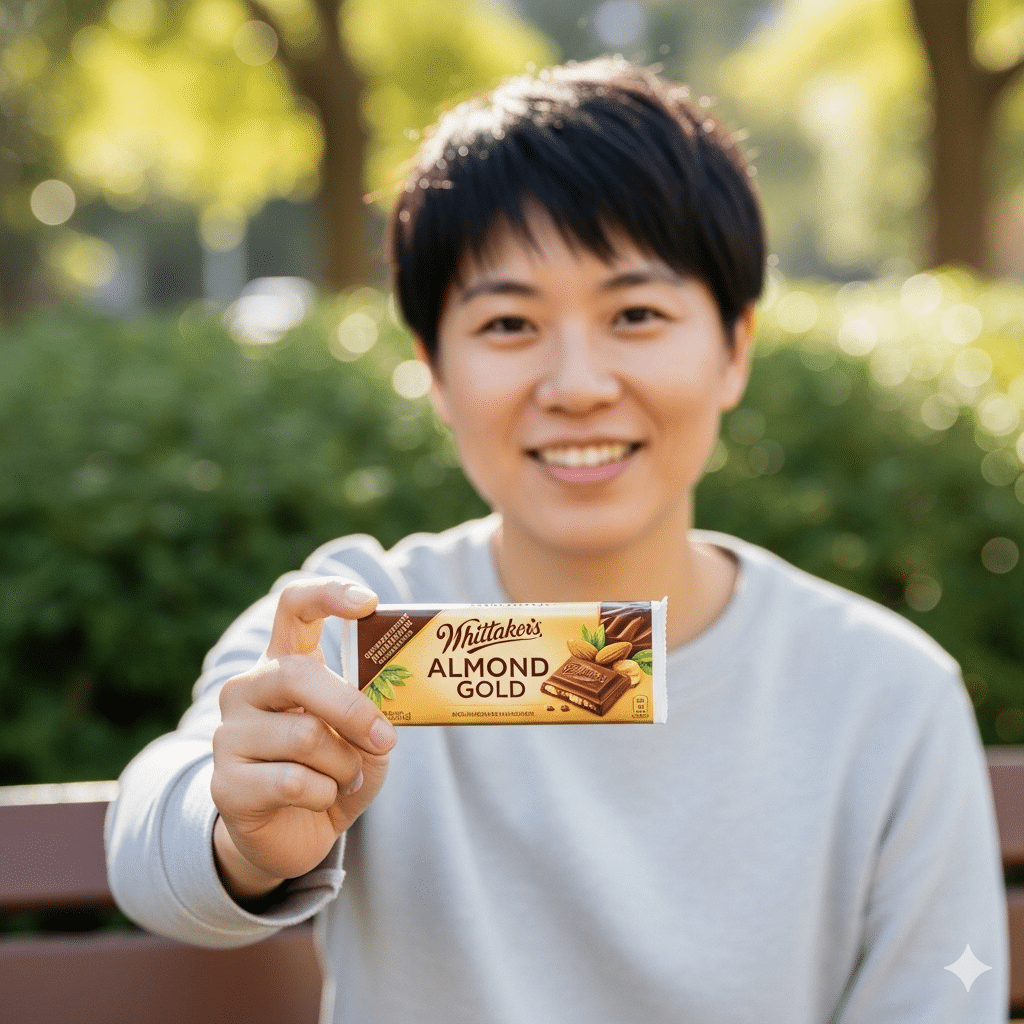
So, what do they really want? Easy. Its Health Products like Manuka honey, fish oil, and supplements are popular for their health benefits. Lanolin-based skincare, especially with Manuka honey, is also a big hit. Propolis and royal jelly are common buys for wellness.
And of course, wool products. New Zealand’s wool is famous, and tourists often buy Merino wool clothing, possum-merino blends, and sheepskin rugs or slippers for their softness and warmth. And Ugg Boots. Lots and lots of Ugg Boots. Local snacks like Whittaker’s chocolate and Pineapple Lumps, as well as New Zealand wines (especially Sauvignon Blanc and Pinot Noir), are top picks. Dairy products like milk powder and specialty cheeses are also sought after.

